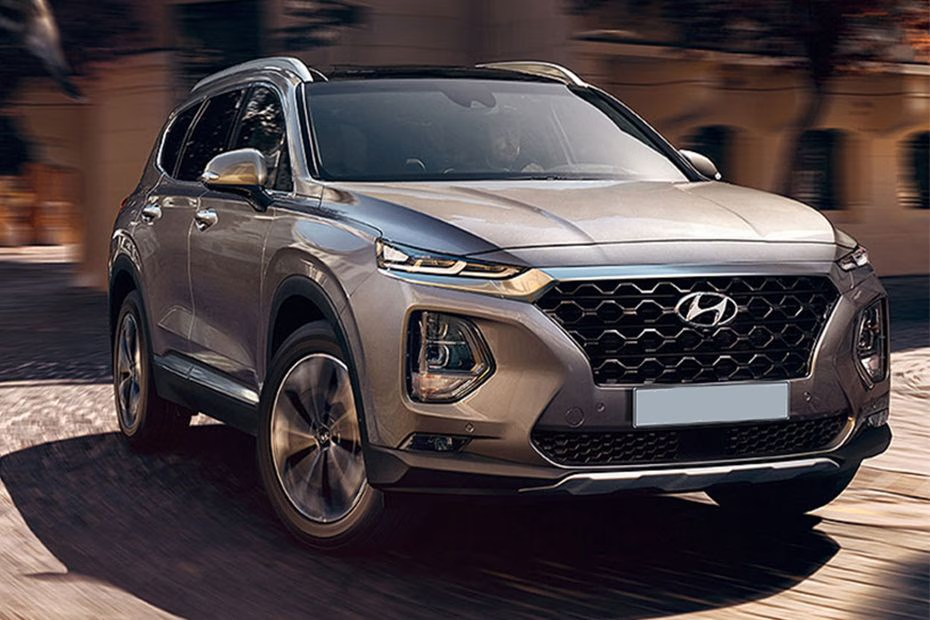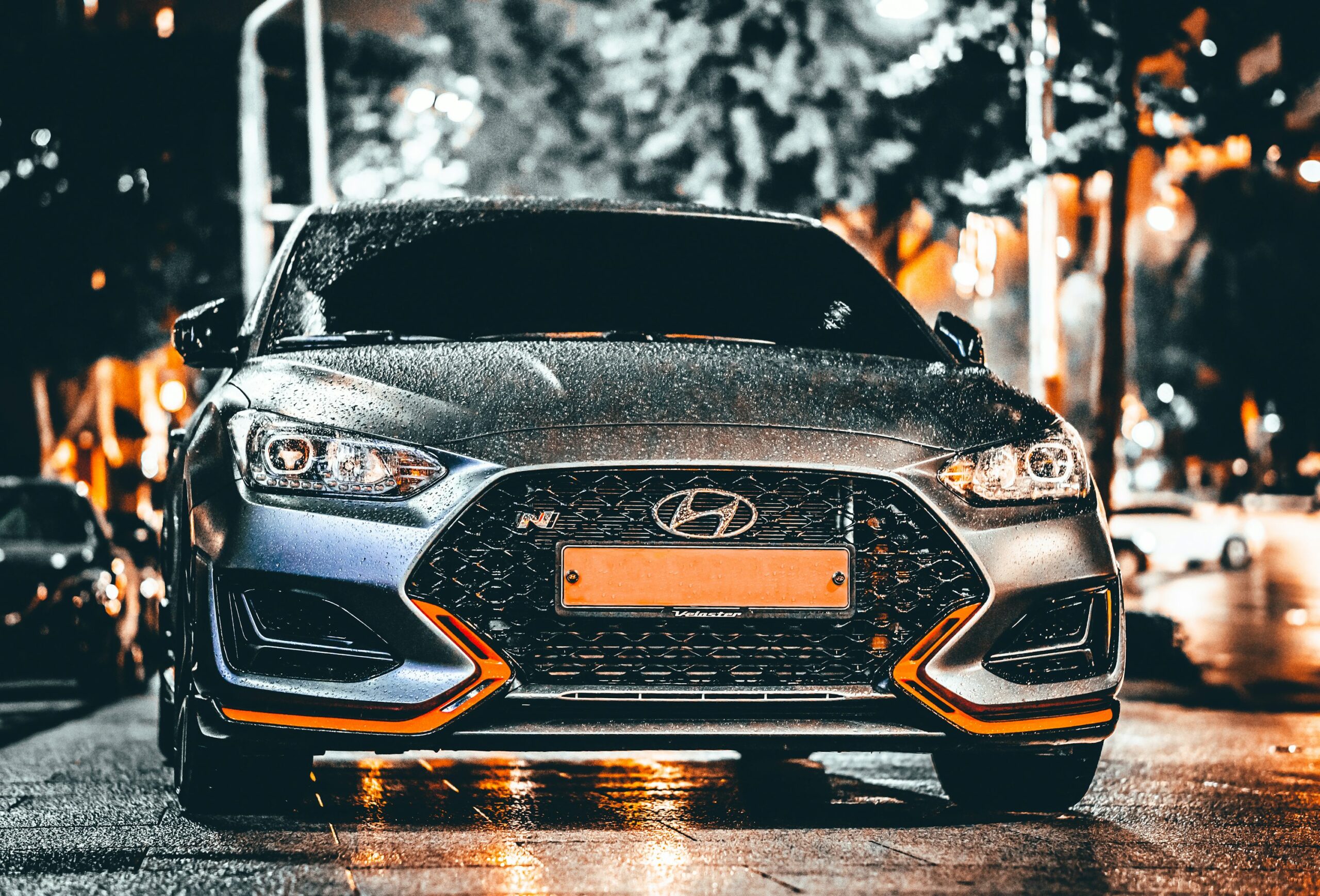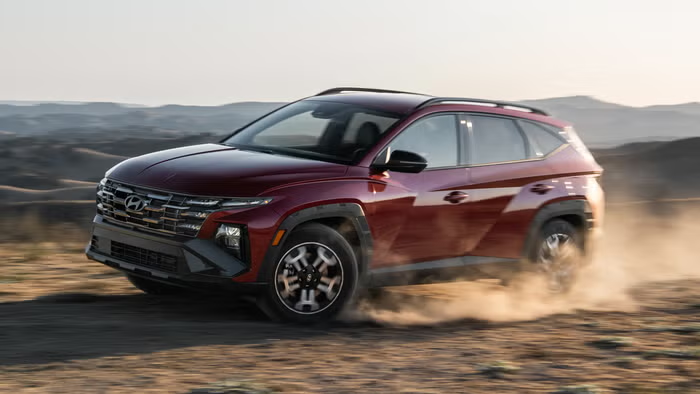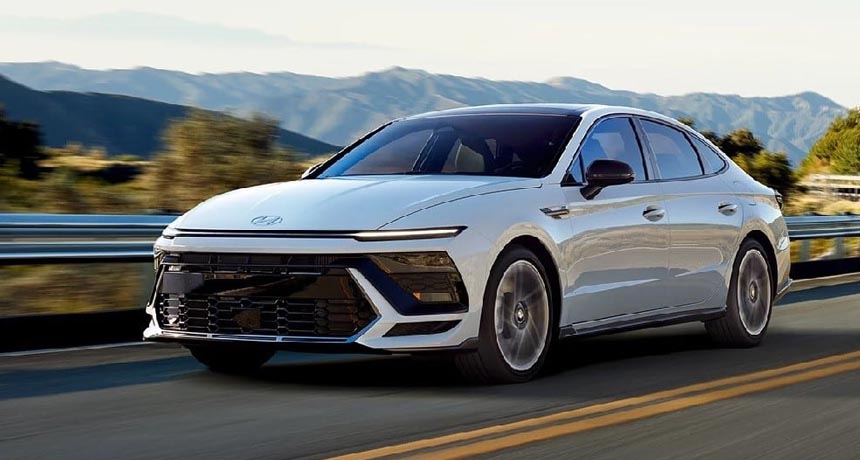HYUNDAI CAR PRICE IN PAKISTAN 2025
Remember the Hyundai of the early 2000s? For many, it was a brand synonymous with affordability, a sensible choice for a first car or a budget-conscious commuter. It was reliable, economical, but rarely exhilarating. Fast forward to today, and the narrative has been completely flipped. Hyundai is no longer just playing catch-up; it’s leading the charge, setting trends, and consistently landing on “Top 10” lists alongside established luxury marques.
So, what happened? This isn’t a story of a simple facelift. This is a tale of a profound, strategic, and daring corporate redefinition. Hyundai looked in the mirror, decided “good enough” wasn’t enough, and embarked on one of the most remarkable brand transformations in modern automotive history.
The Pillars of Hyundai’s Metamorphosis
Hyundai’s rebirth wasn’t accidental. It was built on several key strategic pillars that reshaped its identity from the ground up.
1. The “Fluidic Sculpture” and Beyond: A Design Revolution
The first crack in the old perception came with the introduction of the “Fluidic Sculpture” design language. Suddenly, Hyundai cars weren’t just boxes on wheels; they were dynamic, sculpted, and visually arresting. This evolved into the current “Sensuous Sportiness” philosophy, which uses elegant, emotional lines to create cars that are genuinely beautiful. Look at the Hyundai Sonata with its hidden ambient lighting, or the Tucson with its futuristic “Parametric Jewel” grille and hidden headlights. These designs don’t whisper; they command attention, making competitors look bland by comparison.
2. The N Performance Division: Proving Prowess on the Track
You can’t claim to be a serious automaker without performance credentials. Hyundai understood this and created the “N” division, named after its Namyang R&D center and tested on the legendary Nürburgring track. The results have been spectacular. Cars like the Veloster N and Elantra N are not just “sporty” versions; they are bona fide hot hatches and sedans that can go toe-to-toe with the best from Europe and Japan, earning rave reviews for their thrilling driving dynamics, aggressive exhaust notes, and track-ready capabilities. HYUNDAI CAR PRICE IN PAKISTAN 2025This move didn’t just create exciting cars; it injected a potent dose of “cool” into the entire brand.
3. The IONIQ Sub-Brand: A Full-Throttle Leap into Electrification
While other legacy automakers were dipping their toes in the EV waters, Hyundai dove in headfirst with the creation of the IONIQ sub-brand. This was a masterstroke, creating a clean-slate identity for its electric future. The IONIQ 5, built on the dedicated Electric-Global Modular Platform (E-GMP), was a revelation. Its retro-futuristic “Pony”-inspired design, incredibly spacious and minimalist interior, and ultra-fast charging capabilities made it an instant icon and the 2022 World Car of the Year. It was followed by the sleek IONIQ 6 sedan and the large IONIQ 9 SUV, proving Hyundai’s commitment wasn’t a one-off but a comprehensive, well-executed vision for a zero-emissions future.
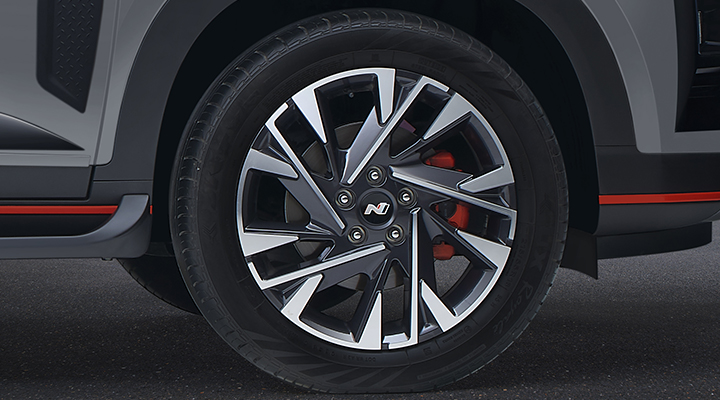
4. Unwavering Value and Warranty
Even as Hyundai ascended upmarket, it never forgot its core strength: delivering exceptional value. The industry-leading America’s Best Warranty program remains a powerful trust signal for buyers. This combination of cutting-edge design, advanced technology, and unparalleled peace of mind creates a value proposition that is incredibly difficult for competitors to match.
The Proof is in the Product Lineup
Let’s break down the key models that exemplify this redefinition, showcasing their standout features and how they stack up in the market.
Table 1: Hyundai’s Redefined Core Lineup
| Model | Segment | Key Redefining Features & Description | Starting Price (MSRP Est.) |
|---|---|---|---|
| Tucson | Compact SUV | Features the bold “Parametric Jewel” grille, a spacious, tech-focused interior with available dual 10.25″ screens, and a highly efficient Hybrid/PHEV lineup. It redefines what a mainstream SUV can look and feel like. | ~$29,000 |
| Santa Fe | Midsize SUV | A complete design overhaul for 2024, adopting a rugged, boxy, and ultra-premium aesthetic. The H-shaped LED lights and minimalist, lounge-like interior position it as a sophisticated, capable family hauler. | ~$34,000 |
| Sonata | Midsize Sedan | A sleeper hit with its stunning design, including the seamless “Horizon” LED light bar. Offers a surprisingly luxurious interior and the spirited 2.5L Turbo N-Line option, making the sedan segment exciting again. | ~$26,000 |
| Elantra / Elantra N | Compact Sedan | The standard Elantra is a sharp, fuel-efficient, and tech-rich compact. The Elantra N is the game-changer—a 276-hp turbocharged track weapon that delivers supercar-slaying performance for under $35,000. | ~$22,000 / ~$33,000 |
| Palisade | Large SUV | From day one, the Palisade redefined the 3-row SUV with its elegant, almost-Lexus-like presence, upscale interior materials, and a host of standard family-friendly features, challenging premium brands head-on. | ~$37,000 |

Table 2: The Vanguard of Innovation – IONIQ & N Brands
| Model | Segment | Key Redefining Features & Description | Starting Price (MSRP Est.) |
|---|---|---|---|
| IONIQ 5 | Compact EV Crossover | The flagship of the revolution. Retro-futuristic design, an incredibly spacious and minimalist “Living Space” interior, Vehicle-to-Load (V2L) functionality, and 800V architecture for ultra-fast 18-minute charging. | ~$41,000 |
| IONIQ 6 | Midsize EV Sedan | The “Streamliner.” An aerodynamic marvel with a stunning, curvaceous design. Offers exceptional range (over 360 miles), a serene, cocoon-like interior, and the same advanced E-GMP benefits as the IONIQ 5. | ~$38,000 |
| Kona Electric | Subcompact EV Crossover | A fully electric version of its popular crossover, offering a fun-to-drive character, modern tech, and a useful range in a small, city-friendly package, making EV adoption accessible. | ~$33,000 |
| Veloster N | Hot Hatch | The car that put the N division on the map (now succeeded by the Elantra N/Kona N). A direct, engaging, and thrilling driver’s car that proved Hyundai could build vehicles with soul and character. | (Discontinued, but a legend) |
The Road Ahead: Challenges and Opportunities
Hyundai’s journey is far from over. The automotive world is shifting rapidly, and the competition, particularly from new Chinese EV makers and traditional giants finally getting their act together, is fiercer than ever.
To stay ahead, Hyundai must:
- Accelerate Software-Defined Features: Enhancing its infotainment and autonomous driving tech through over-the-air updates is crucial.
- Expand the EV Ecosystem: Building more charging infrastructure partnerships and expanding the IONIQ lineup with more body styles will be key.
- Maintain the Momentum: The biggest challenge will be to continue its bold design and engineering philosophy without becoming complacent.
Conclusion: A Blueprint for Success
Hyundai’s redefinition is a masterclass in modern business strategy. It was a holistic effort that touched every aspect of the company—from daring design and thrilling performance to a fearless embrace of an electric future, all while holding onto the core value proposition that built its initial success. They didn’t just release a few good cars; they systematically changed their entire brand’s DNA.
The Hyundai of today is a brand that inspires passion, wins awards, and makes the automotive world a more interesting place. They have successfully shed their “underdog” skin and emerged as a confident, innovative, and desirable trendsetter. The next time you see a Hyundai on the road, take a second look—it’s a rolling testament to what happens when a company dares to dream bigger.
https://postnest.cloud/wp-admin/post.php?post=1512&action=edit
